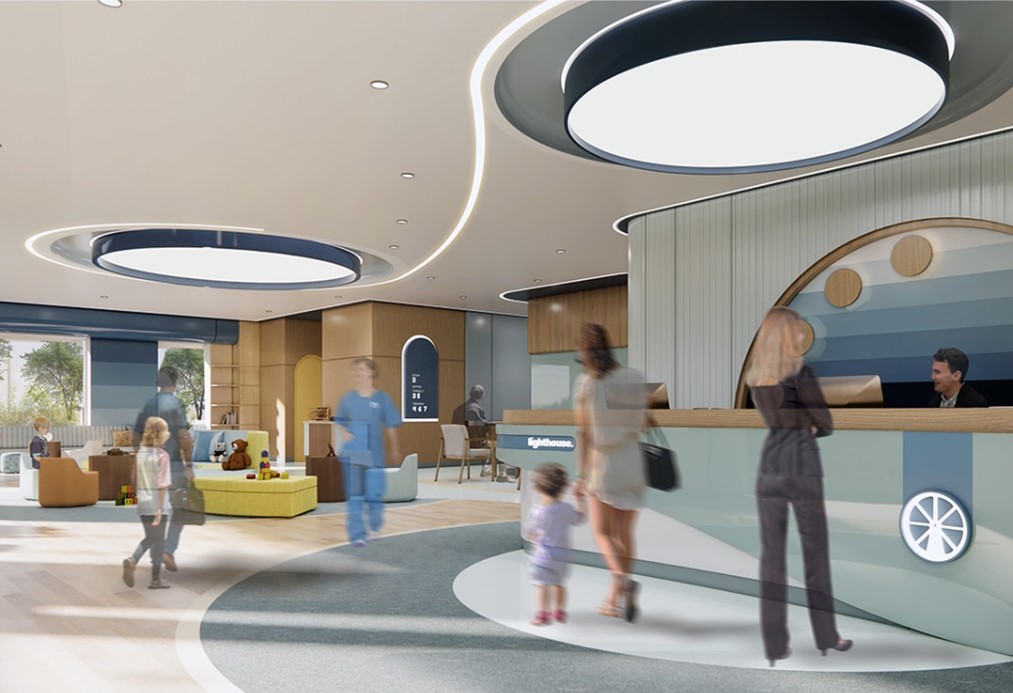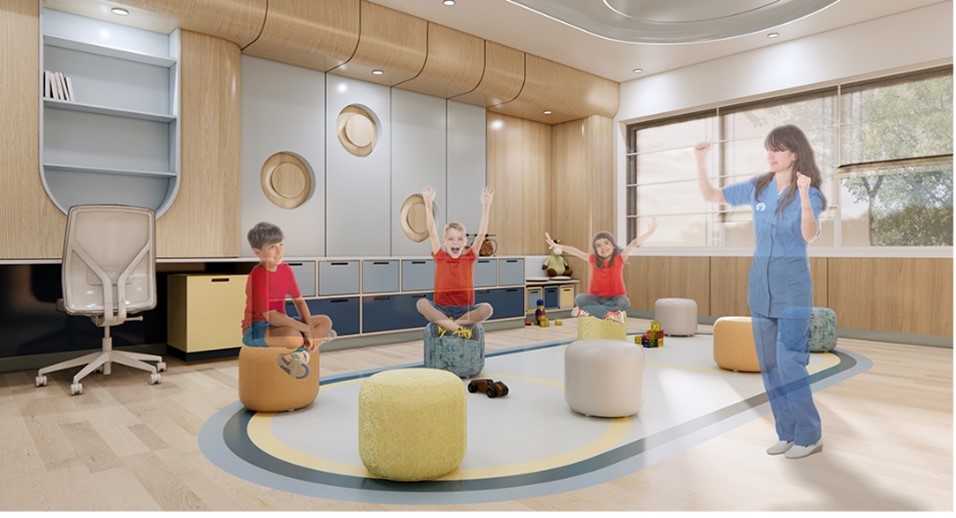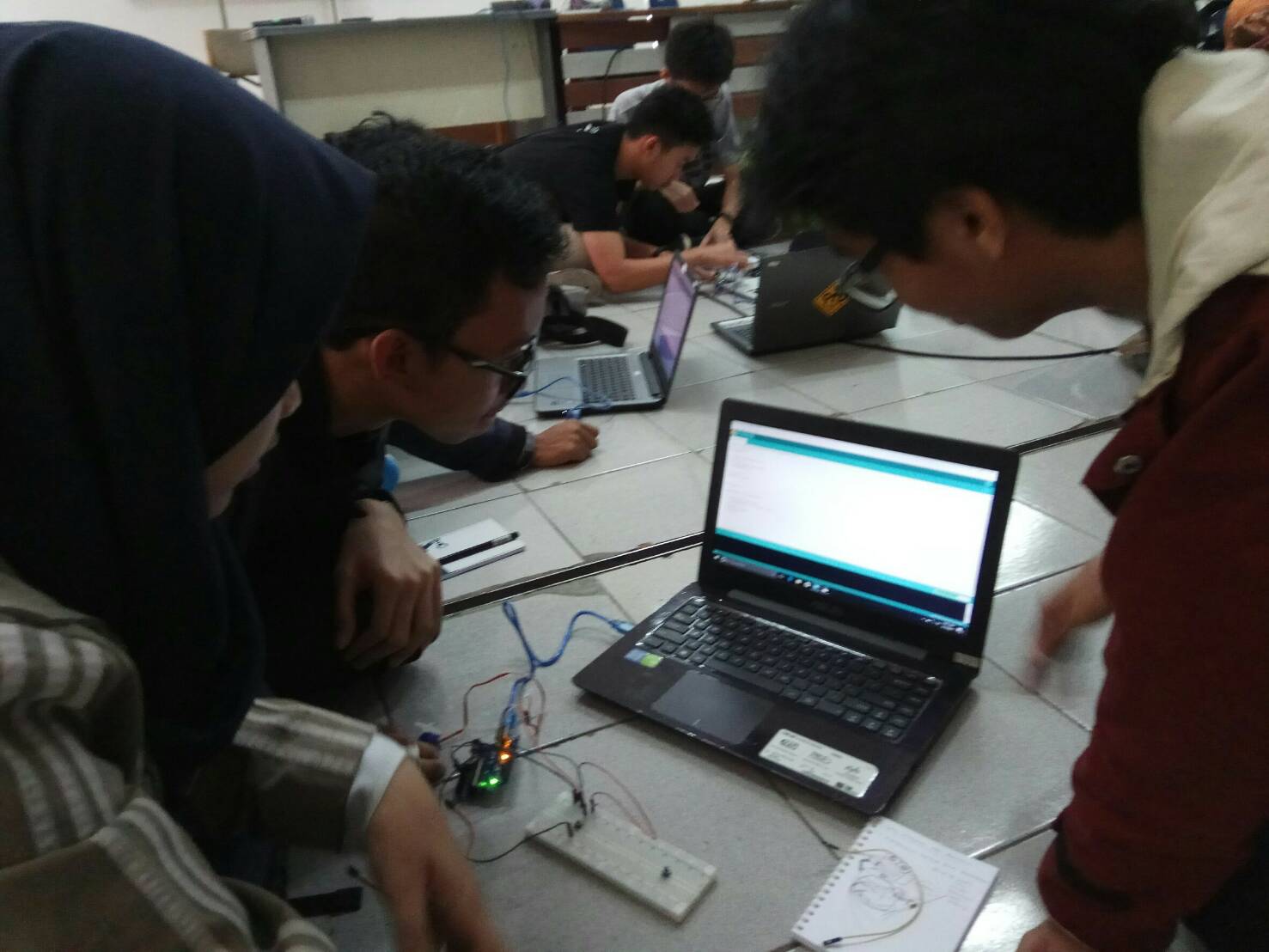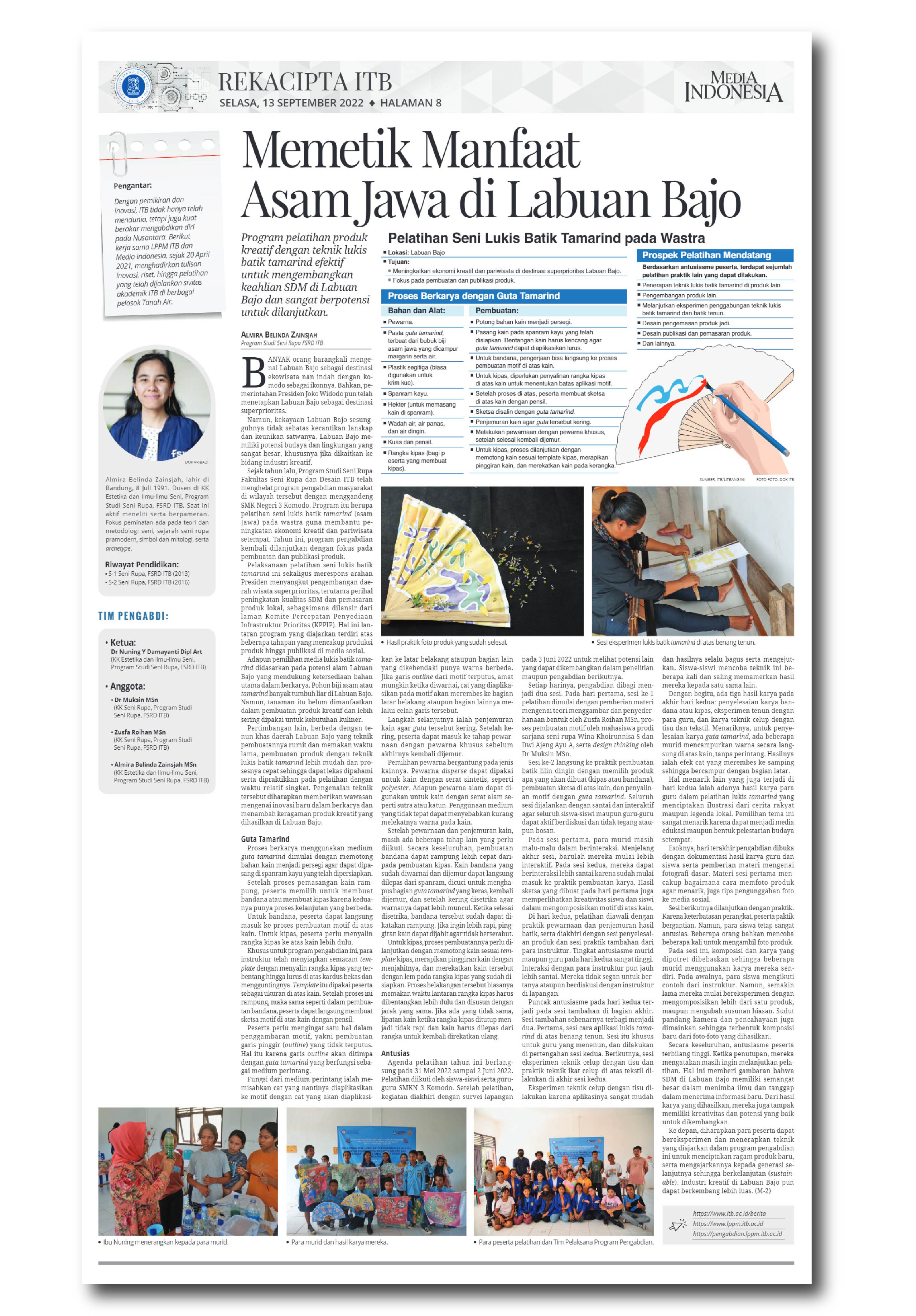ITB Students Wins First Place at 2022 IIDA Interior Design Competition
By Adi Permana
Editor Adi Permana

BANDUNG, itb.ac.id — Three final-year students from the ITB Interior Design study major- Arfan Ikhsanul Amal, Hanami Martani, and Arya Putra- won first place for their design of a behavioral health clinic in the Student Design Competition. Managed by IIDA (International Interior Design Association), the competition was held on Saturday (28/5/2022).
IIDA is a professional interior design firm based in Chicago that annually organizes a global interior design competition aimed at students in their second to final year of college. This year, IIDA collaborated with OFS, a supplier of medical devices, for this year’s theme: health facilities catering to children and teenagers.
The issue of substance abuse and mental disorders of patients are part of the theme's problem. Since children's psychological aspects differ from adults, more careful consideration in interior design is essential so that children can be at ease when they visit the clinic. However, most clinics do not meet the standards of comfort for their patients, especially pediatric clinics which require a more complex structure and layout. From this circumstance, the need to deliver an overall positive impression and experience to patients is essential and can be carried out via various design interventions such as furniture, lighting, and color choices. The interior of the clinic will be vastly improved if good, proper interior design is implemented.

“Most clinics, in general, are still not up to patients' criteria of necessities. This is a problem as the key to interior design is to focus on the users' safety and comfort,” Arya explained. “Designing the interior for behavioral and pediatric clinics is a more intricate task because we must assess several factors like children’s nature, preference, and psychological conditions.”
The first step in formulating the design is researching the patients' symptoms, nature, and treatment to be evaluated in developing the most appropriate interior design. Their final design submitted was titled “Suar Behavioral Health Clinic”, which is inspired by lighthouses in Ohio.
Through their design, the three students hoped for their result to serve as both the post-treatment area and shelter for patients to find their confidence and self after visitation. They also wished that their design could share the spirit of positivity with visitors like light emanating from lighthouses to their surroundings.

Arfan, Hanami, and Arya implemented the idea of cognitive play behavioral treatment into their design. This concept is a behavioral recovery method emphasizing human cognition via interactive activities and games.
“Patients can perform various activities normally through this approach," Arfan stated. "The designed clinic will facilitate all treatments as playtime for them. To ensure the safety of children, all pieces of furniture are movable with their materials guaranteed to be safe."
The students initially participated in the contest out of curiosity and soon realized they must manage their time efficiently for the competition, classes, internships, and organizational work. As part of their strategy to manage their time, they scale each of their priorities and often ask for feedback from friends regarding their revisions of the design.
“For every competition we joined and ended up losing, we view it as a parameter to measure and evaluate our current abilities. We can then assess our capabilities compared to those from other regions and universities as part of the experience of learning through our mistakes,” Arfan, Hanami, and Aryan concluded.
Reporter: Hanifa Juliana (Urban and Regional Planning, 2020)
Translator: Ruth Nathania (Environmental Engineering, 2019)

.jpg)

.jpg)
.jpg)
.jpg)


